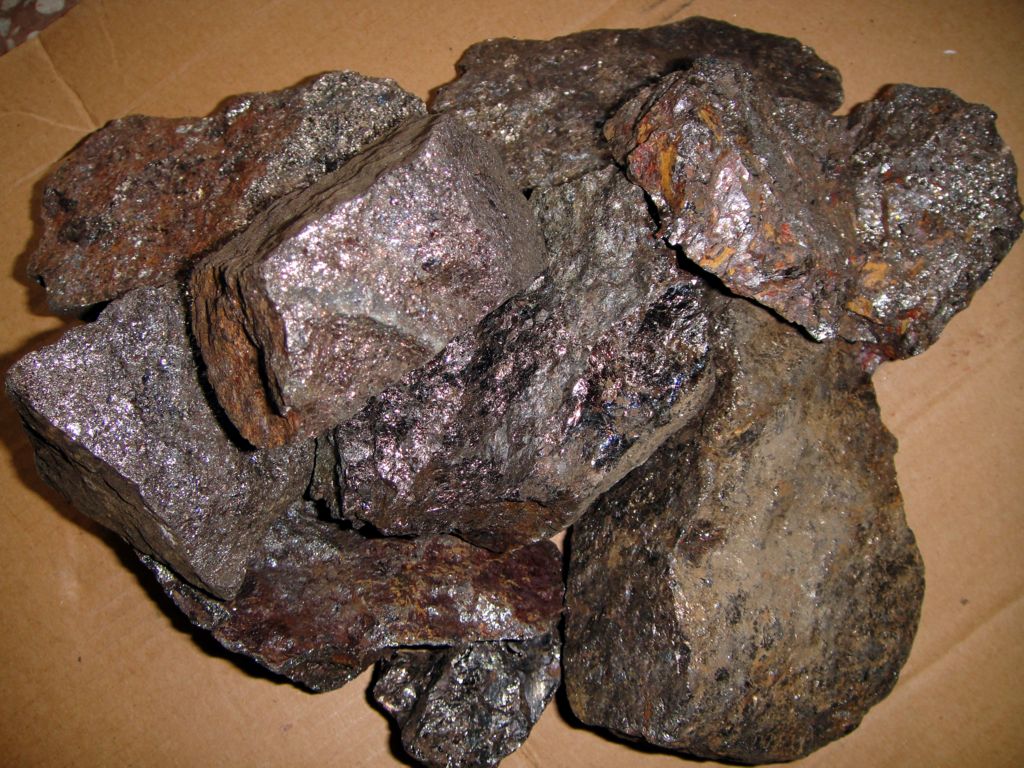In 1966, Soviet geologists discovered in northern Prince Charles Mountains south of Luke Er Shan thickness of about 70 meters of banded magnetite-rich rock known as banded magnetite layer or jasper rock. The average ore grade of 34.1% iron, the most up to 58%.
The whole rock series up to 400 m thick. In the 1971-1974 survey to determine the region magnetite and silicate iron tastes Hamersley Basin, Western Australia, North America Superior Lakes Canada Xiefuweier region and the Soviet Union Keli Wo · Rogge iron structure is compared. Air magnetic survey data show that the iron ore concentration area of ice 120 to 180 km long, 5 to 10 km wide. In 1977, Hoffmann and Riva Qi, according to the aeromagnetic anomalies reported in the under Luke Er mountain west of the ice sheets of the two magnetic anomaly zone, 5 to 10 km wide, extending up to 120 ~ 180 km, they initially think this is a continuation of Luke Er banded iron layer, if the two magnetic anomaly zone is indeed caused by the iron ore reasoning has been further confirmed, then, the region’s iron ore will be the world’s largest. This is some Antarctic geologists claim that the Antarctic Tieshan, its iron ore reserves, preliminary estimates for the world development and utilization of 200 years.Without a doubt, the discovery of Antarctica Luke Er Hill banded iron layer has been concerned about the geology of the Antarctic mineral resources sector caused a great deal of interest.

